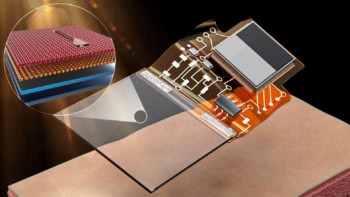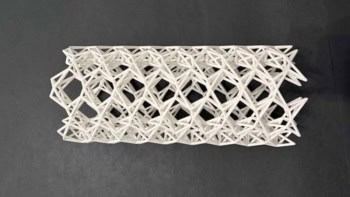Silicon dominates the semiconductor industry – thanks largely to our ability to grow crystals that are as large as a human being and that are almost perfect. But even ultrapure silicon continues to hold surprises, as a collaboration from Canada, Germany and Russia recently dicovered.
Cystal impurities in silicon can now be controlled to the level of one part in a billion, while major faults in the crystalline structure can be avoided. As techniques to control its growth have developed, the applications of silicon have been pushed in new directions. In addition, there is a constant drive to improve light emission from silicon.
A key property of a semiconductor is the energy gap between the states filled by the electrons that bond the atoms together and the anti-bonding states. In silicon, this energy is just over 1 eV. Since the chemical bonding is essentially electronic, we would expect that all the different isotopes would have the same electronic structure.
Even the purest form of silicon contains a mixture of different isotopes. For example, the silicon that is found naturally in sand and window glass is comprised of 92% silicon-28, 5% silicon-29 and 3% silicon-30. These isotopes differ only in their nuclear mass. All silicon atoms have 14 protons and 14 electrons, which means that their chemistry is identical. The masses of the nuclei vary because they contain 14, 15 or 16 neutrons.
However, Mike Thewalt and Denis Karaiskaj at Simon Fraser University in Canada have recently teamed up with German and Russian physicists, to carry out very high-resolution spectroscopy of single-isotope silicon. They have shown that the energy gap increases by 0.1% as we move from silicon-28 to silicon-29 (D Karaiskaj et al. 2001 Phys. Rev. Lett. 86 6010).
In the September issue of Physics World, Gordon Davies of King’s College London investigates.



